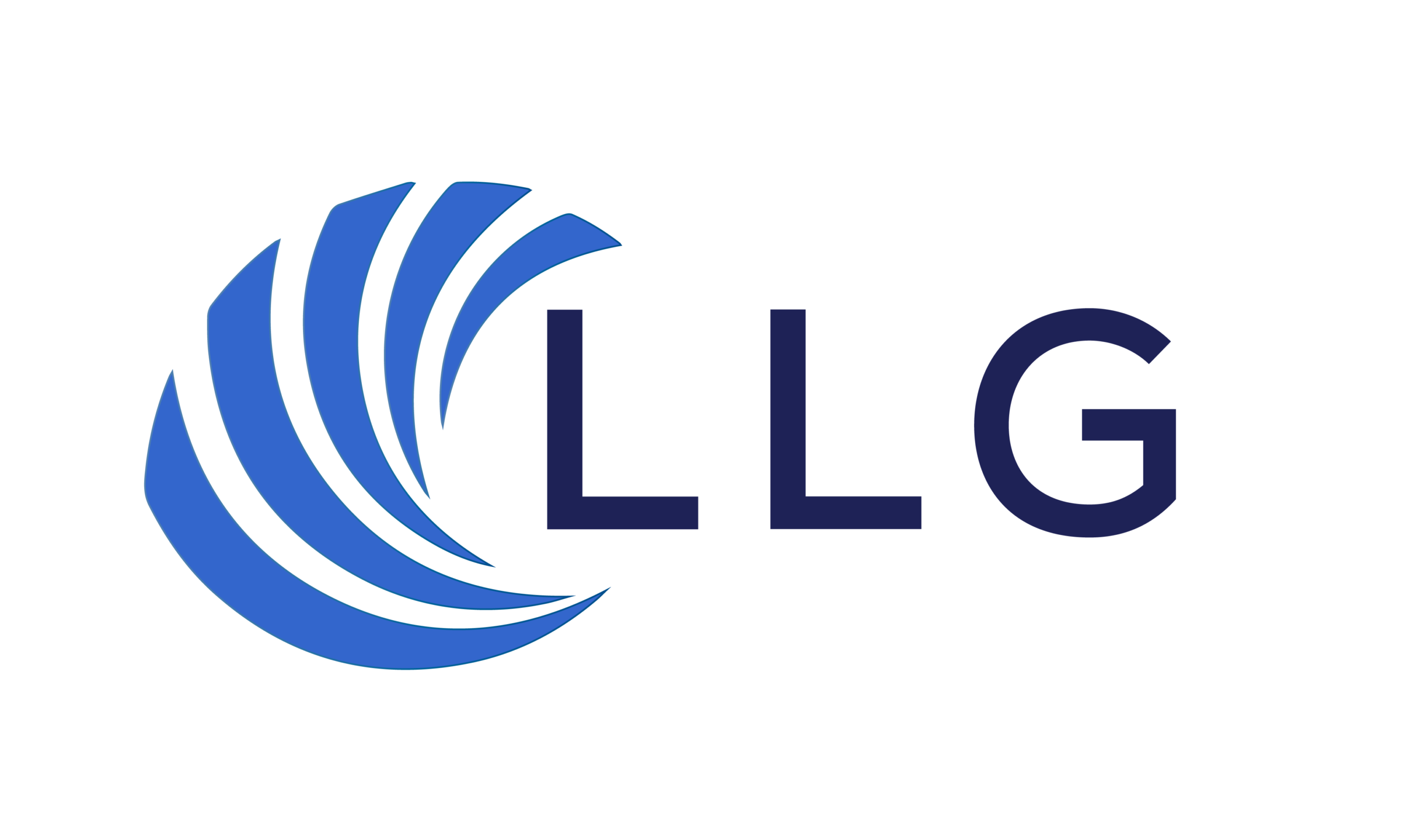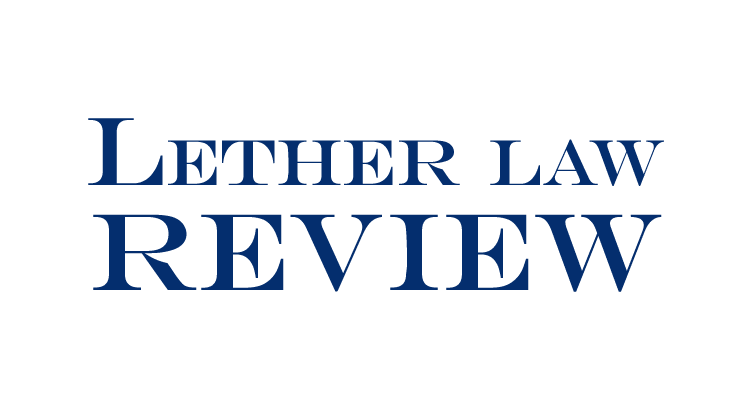On Thursday, April 27, 2017, the Washington Supreme Court issued a new decision that may have a significant impact on the business of insurance in the State of Washington. The new decision, Xia v. Probuilders Specialty Ins. Co., is the first Washington appellate court decision to apply the “efficient proximate cause” rule to third-party liability insurance claims.
The facts of Xia are relatively straight-forward. The XiaPlaintiff purchased a home built by Issaquah Highlands 48, LLC. Soon after moving in, the Plaintiff began feeling ill and it was determined that an improperly installed exhaust vent had been allowing carbon monoxide into the residence. The XiaPlaintiff filed a personal injury lawsuit against Issaquah Highlands, which tendered the lawsuit to its liability insurer, ProBuilders Specialty Insurance Company.
ProBuilders denied coverage, including any defense obligation, on the basis of two exclusions – the “townhouse” exclusion and the “pollution” exclusion. The Xia Plaintiff and Issaquah Highlands entered into a consent judgment settlement in the amount of $2 million with a covenant not to execute and an assignment of Issaquah Highland’s rights against ProBuilders to the Plaintiff. The Plaintiff then brought a bad faith lawsuit against ProBuilders seeking a finding that ProBuilders acted in bad faith in denying the duty to defend.
The King County Superior Court entered summary judgment in favor of ProBuilders based on the townhouse exclusion. The Washington State Court of Appeals reversed that ruling, but found that the pollution exclusion nonetheless operated to preclude coverage. The pollution exclusion at issue specifically excludes coverage for any injury:
Caused by, resulting from, attributable to, contributed to, or aggravated by the actual, alleged or threatened discharge, dispersal, seepage, migration, release or escape of pollutants, or from the presence of, or exposure to, pollution of any form whatsoever, and regardless of the cause of the pollution or pollutants.
The Washington Supreme Court accepted review and reversed the Court of Appeals, finding that the “efficient proximate cause” rule applies to the analysis of third-party liability coverage. The “EPC” rule has been applied for years in first-party property claims. The rule has never been applied to a liability claim.
The Supreme Court’s analysis begins with a discussion of its historic treatment of pollution exclusions and concluded that the loss at issue was in fact caused by a “pollutant” as that term is defined in the policy and by Washington law. However, the Supreme Court’s analysis did not stop with that conclusion.
Yet even if the court applies the exclusionary language correctly to the facts at hand, the analysis does not end. Courts must next consider, whether pursuant to established Washington law, the excluded occurrence is in fact the efficient proximate cause of the claimed loss.
Based on a review of the briefing submitted to the Supreme Court, it does not appear as though any party, nor any of theamici, argued that the efficient proximate cause rule was implicated by the subject claim. Nonetheless, the Supreme Court discussed the efficient proximate cause rule at length and ultimately concluded that the efficient proximate cause of the loss was not the pollution, but the initial negligent installation of the exhaust vent. Thus, the Court concluded that the pollution exclusion did not apply.
Like any other covered peril under a general liability policy, an act of negligence may be the efficient proximate cause of a particular loss. Having received valuable premiums for protection against harm caused by negligence, an insurer may not avoid liability merely because an excluded peril resulted from the initial covered peril.
Having concluded that the loss was not excluded, the Court further found that ProBuilder’s denial was made in bad faith because it had failed to consider the efficient proximate cause rule or the Washington Supreme Court’s prior precedent admonishing insurers against attempting to include policy language that would potentially circumvent the rule.
As a result of these finding, ProBuilders is now facing a substantial judgment that not only includes the $2 million consent judgment, but also potential additional extra-contractual damages, interest, and attorney’s fees.
The impact of the Xia decision beyond the specific context of the application of the pollution exclusion may be significant. The decision also begs the question of whether pollution exclusions are ever enforceable in this jurisdiction. After all, nearly all “property damage” or “bodily injury” caused by pollution can be traced back to some prior act of negligence. These issues will no doubt by the subject of litigation in the lower courts for years to come.
The most immediate lesson that may be gleaned from the Xiadecision, however, is the importance of defending under a reservation of rights and bringing a declaratory judgment action where coverage is questionable for a liability insurance claim. Had ProBuilders defended it could have substantially minimized its exposure while also maintaining the right to seek a judicial determination of its coverage obligations.
If you would like to discuss the Xia matter in further detail, please feel free to contact us at any time.

